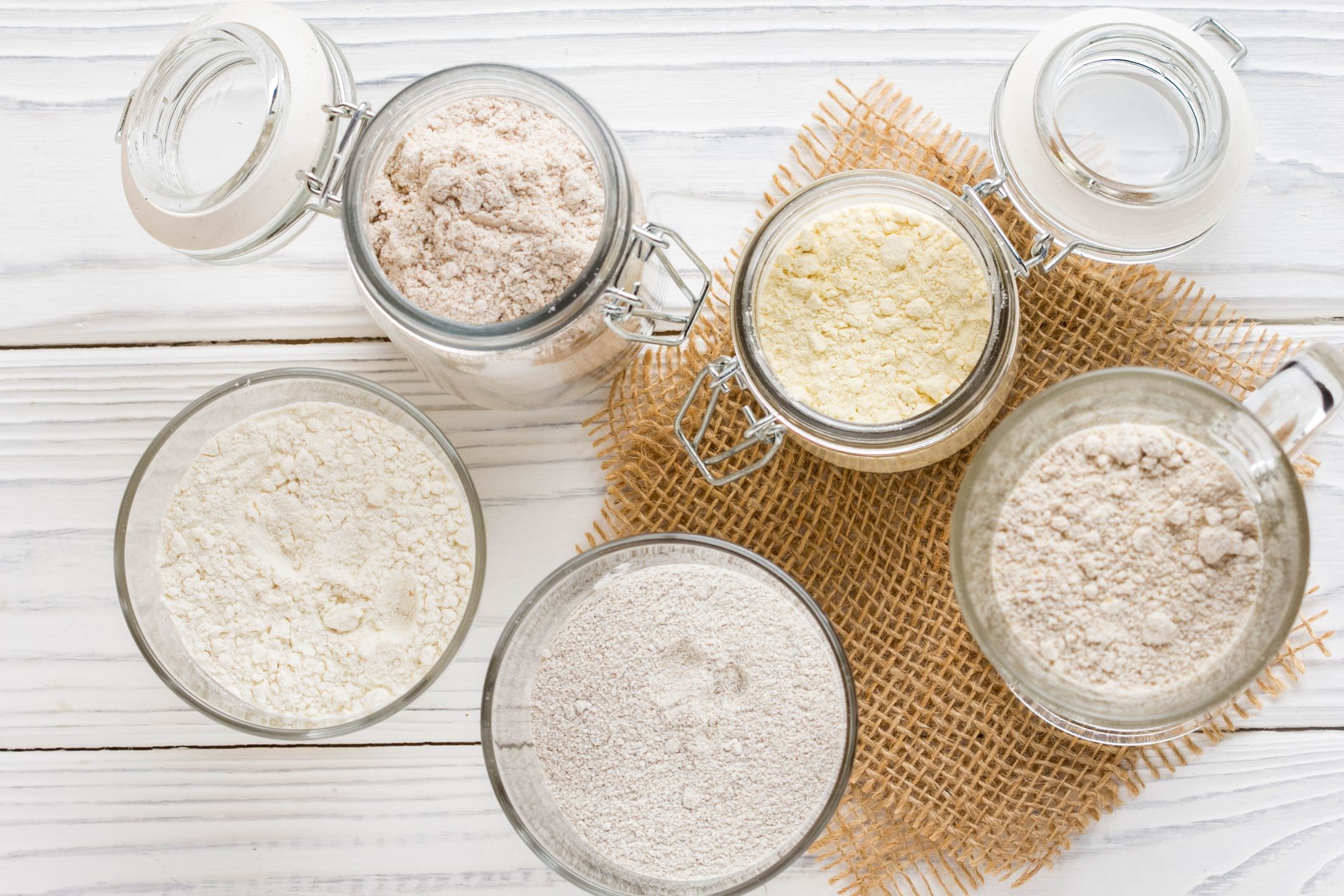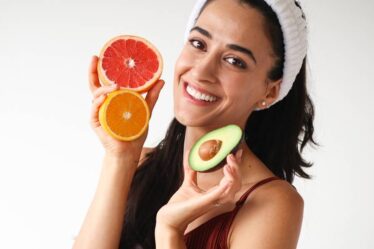
When baking, choosing the right type of flour is essential. It’s important to select a flour that will give the desired texture and flavor for whatever you are baking. It is also vital to understand that flour can be used differently for different baking projects.
Apart from baking, you can use flour for dusting and rolling dough or binding ingredients together, like bread, muffins, and pastries. To help you find the right type of flour for your baking needs, here’s a breakdown of different categories of flour:
- All-purpose flour: This is versatile and can be used for almost any baking project, from cakes to pies to bread. The finished product has a moderate protein content and a medium texture.
- Bread flour: This flour has a higher protein content than all-purpose flour and produces a chewier texture in the dough or baked item. It is ideal for bread, rolls, pizza crusts, and other items that require an elastic texture.
- Cake flour: This is a very finely milled flour with low protein content. It is ideal for making cakes and other delicate items that require a lighter texture.
- Whole wheat flour has much more fiber and nutrients than the other types listed but can result in heavier baked goods with a denser consistency.
- Gluten-free flours: This flour is ideal for those with allergies or sensitivities to wheat and gluten. It comes in various forms, such as almond flour, coconut flour, and rice flour.
When selecting the right type of flour for your baking needs, it’s important to consider the texture and flavor you want the finished item to have. Depending on the item you are making, one type of flour may be better than another. Consider each type carefully to ensure you get the right results for your recipe.
Here are some tips for selecting the best flour for your recipe:
- Understand Your Recipe
Check the ingredient list in your recipe to determine the type of flour needed. Different baked goods require different types of flour. For instance, cake recipes often call for cake or pastry flour which is finer and lower in protein than all-purpose flour.
- Consider the Protein Content
The protein content largely determines how much gluten will form when the dough or batter is mixed together. Bread and rolls usually require flour with higher protein content, while cakes, pastries, and quick bread often require lower protein content.
- Consider the Texture
Think about how you want your finished product to turn out. Are you looking for something light and fluffy or something chewy? Different types of flours will produce different textures in the finished product.
- Understand Your Flour
Different types of flour can have different nuances regarding flavor, texture, and color. It’s important to familiarize yourself with the kind of flour you are using to know what to expect in your finished product.
By keeping these tips in mind, you can choose the right type of flour for your baking needs and create delicious treats with great texture and flavor. With the right flour, you can achieve baking success every time.

